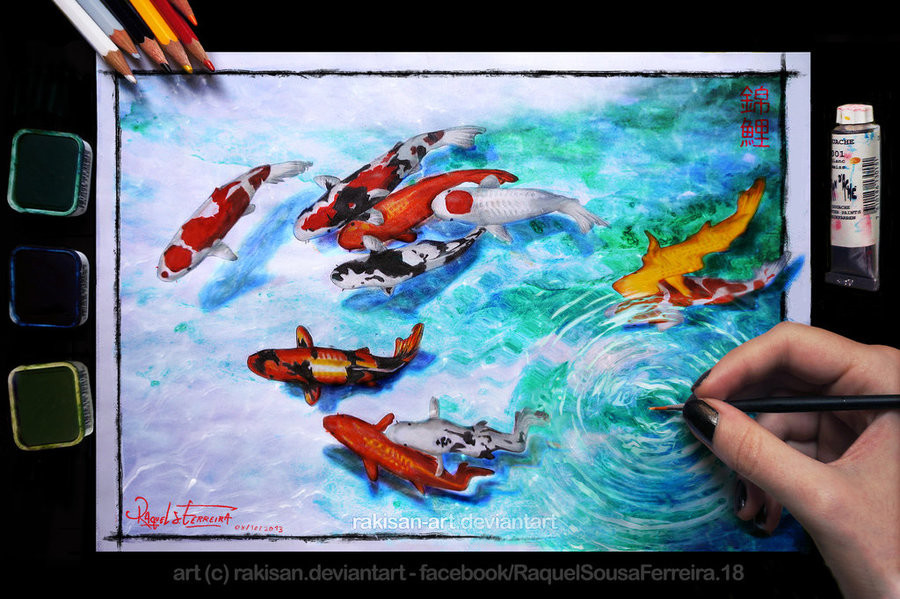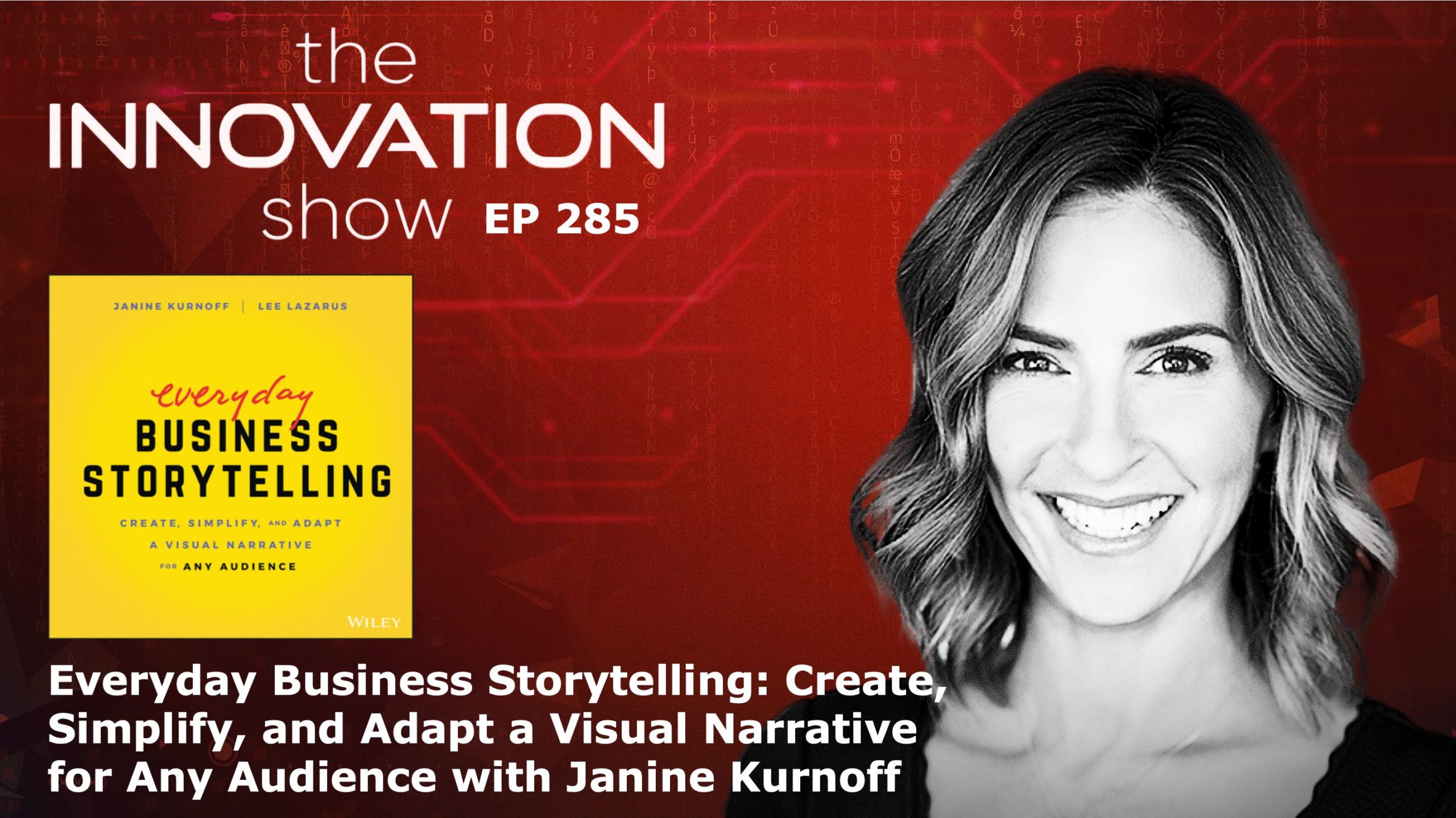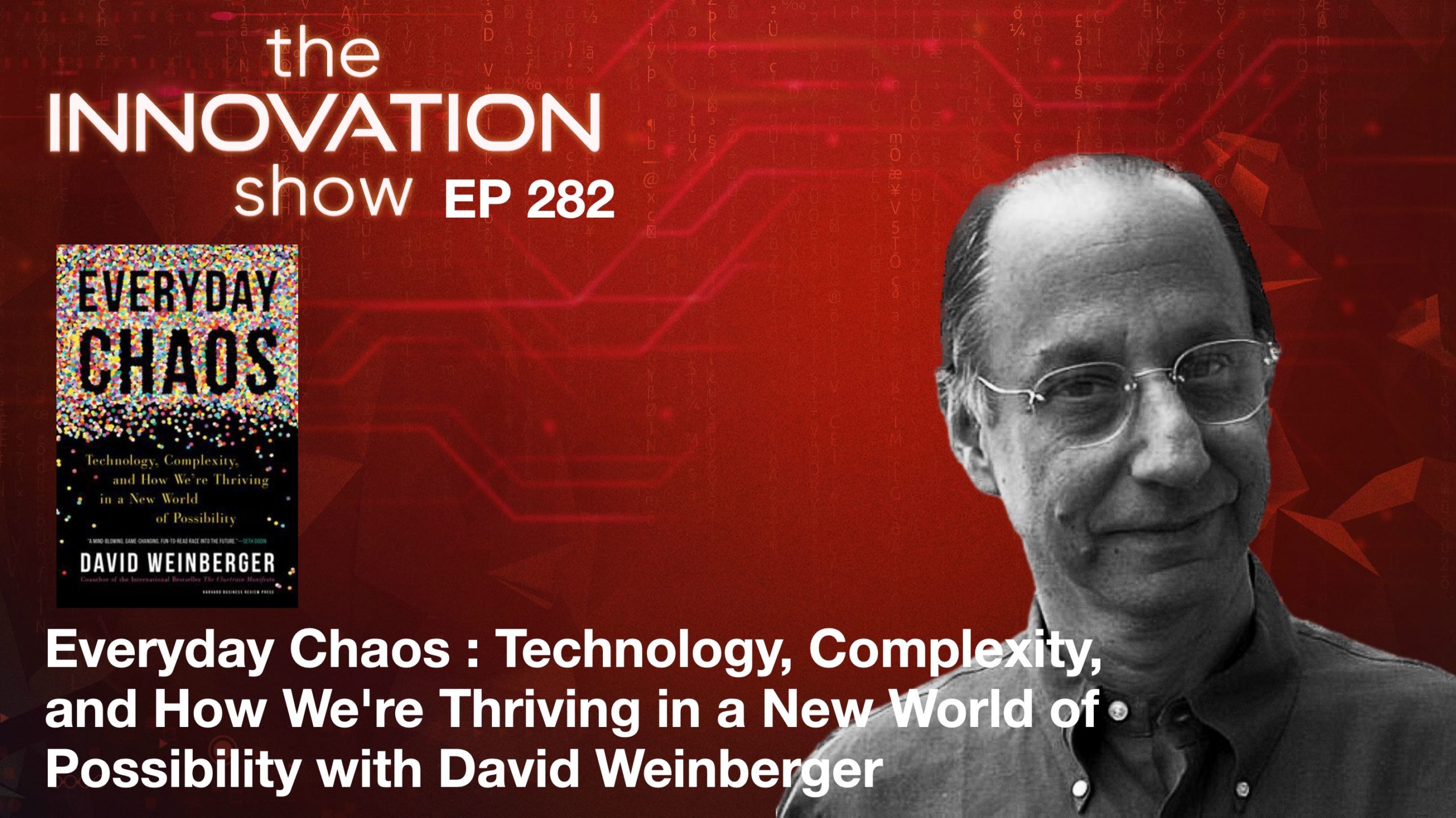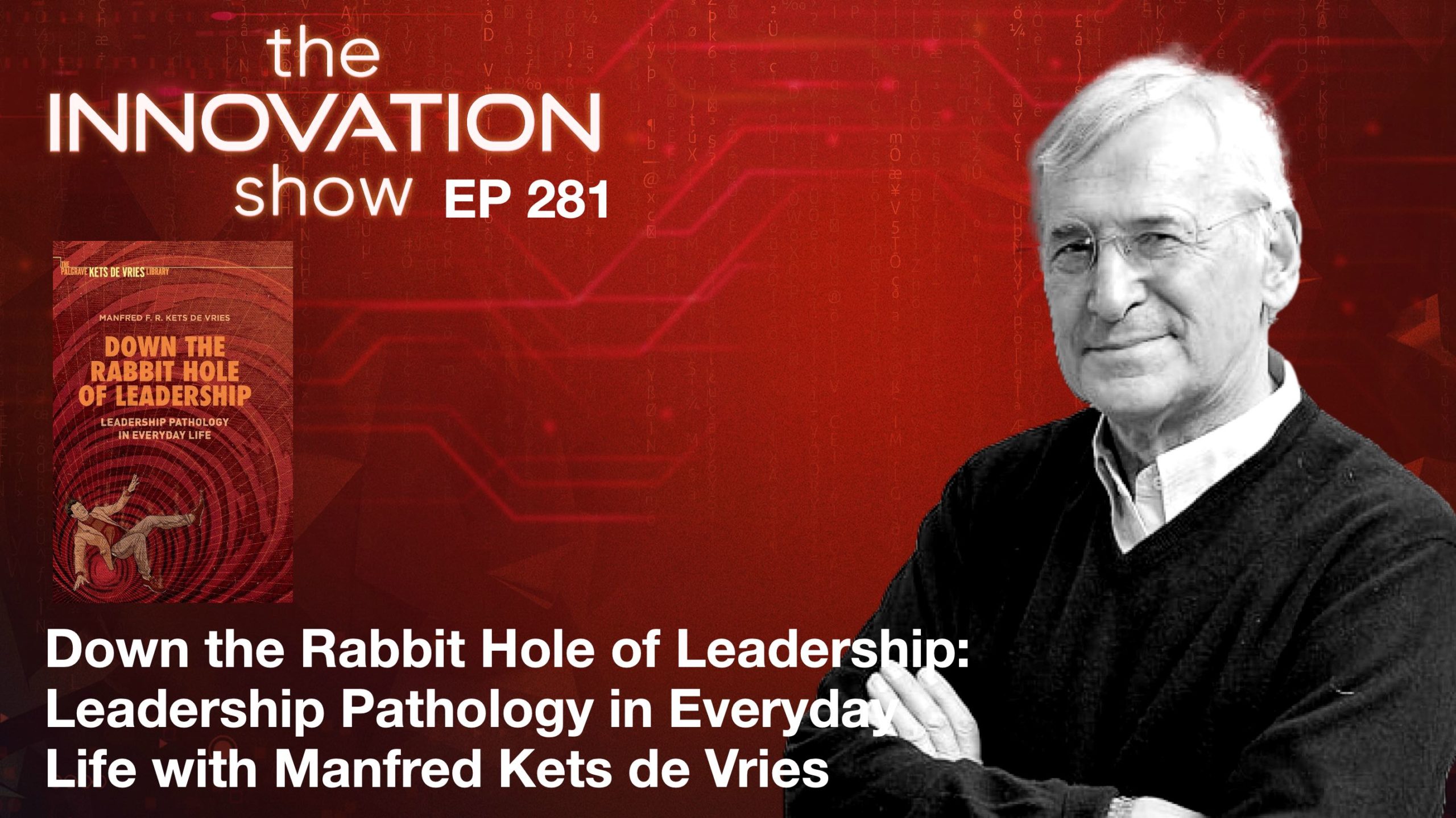When a group collaborates, empathy is often assumed to be present, but it is rarely the case. I believe it is a good idea for the group to highlight the need for empathy so that all voices are heard and the room is not dominated by the extraverts or the HiPPO: Highest Paid Person’s Opinion. In addition, when we consider where each person is “coming from” (empathy) and when we agree on ways of working, we are less likely to hold back on our suggestions or withhold beneficial critique.
Posted 4 years ago Tagged Aidan McCullen Blog Aidan McCullen Innovation Aidan McCullen Undisruptable Michelin and the Michelin Guide The Strategy behind the Michelin Guide What are Complements Why Tesla is Opening restaurants
Why Tesla is opening Restaurants, Why did Michelin Start a Food guide, the answer lies in complements.
Posted 4 years ago Tagged Janine Kurnoff Storytelling Skills Transformation Aidan McCullen The Innovation Show Everyday Business Storytelling with Janine Kurnoff Storytelling Business Janine Kurnoff
We welcome the author of Everyday Business Storytelling: Create, Simplify, and Adapt A Visual Narrative for Any Audience, Janine Kurnoff
Posted 4 years ago Tagged the organisational junk drawer
When I run workshops with teams, I encourage letting go of old initiatives, processes and procedures in order to free up organisational bandwidth. This is essentially an emptying of the organisational junk drawer.
Posted 4 years ago Tagged Aidan McCullen Better Simpler Strategy Business Entrepreneurship Felix Oberholzer Gee Harvard Innovation Leadership Technology Undisruptable
At a time when many managers struggle not to drown in vast seas of projects and initiatives, these businesses follow simple rules that help them select the few ideas that truly make a difference. We welcome author of “Better, Simpler Strategy: A Value-Based Guide to Exceptional Performance”, Felix Oberholzer-Gee
Posted 4 years ago Tagged Aidan McCullen BCG Martin Reeves. Boston Consulting Group The Imagination Machine
The Imagination Machine: How to Spark New Ideas and Create Your Company’s Future, with BCG’s Martin Reeves in a conversation with Aidan McCullen
Posted 4 years ago Tagged 2 gazelles fighting lion attacks Aidan McCullen Blog Aidan McCullen Undisruptable inner conflict outer failure
In my work as a consultant in reinvention and organizational change, I see this trend all the time. We are often so embroiled in inner conflict, with internal one-upmanship, with competing with the person down the hall that we have no energy left to deal with real threats or to identify magnificent opportunities.
Posted 4 years ago Tagged inoculate blockers Why 2 doses Covid
As we certainly know by now (whether we want to or not), medical inoculation refers to a set of methods of artificially inducing immunity against infectious diseases. While our immune systems are extremely adept at fighting viruses, they sometimes need a helping hand. In this Thursday Thought, I draw the analogy of inoculation methodologies and organisational (and even individual) transformation journeys. In particular, I focus on the multi-dose approach, as we are experiencing today with the Covid-19 vaccine rollout.
Posted 4 years ago Tagged
A world no longer focused on limitations but optimised for possibilities.“Everyday Chaos: Technology, Complexity, and How We’re Thriving in a New World of Possibility” David Weinberger,
Posted 4 years ago Tagged Aidan McCullen Down the Rabbit Hole of Leadership Leadership Psychopathology Manfred Kets de Vries Narcissism Trump Undisruptable
Our guest is one of the world’s renowned authorities on leadership and a prolific author, we welcome the author of Down the Rabbit Hole of Leadership Leadership Pathology in Everyday Life









